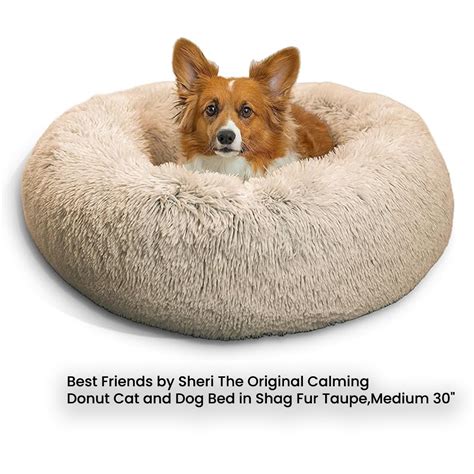Introduction
Pets are beloved members of our families, and their safety and well-being are paramount. Selecting the right pet bed plays a crucial role in ensuring their comfort and security. This comprehensive guide delves into the essential factors to consider when choosing a pet bed, addressing potential risks, and exploring innovative advancements in pet bed technology.

Primary Considerations for Pet Bed Selection
1. Pet’s Size and Breed:
The size and breed of your pet should guide your bed selection. A bed that is too small will restrict movement, while one that is too large may not provide adequate support.
2. Pet’s Age and Health Conditions:
Senior pets or those with mobility issues may require a bed with greater cushioning and support. Consider elevated beds for pets with joint pain or arthritis.
3. Sleeping Habits:
Observe your pet’s sleeping habits. Some prefer to curl up in a cozy den, while others prefer a more open and spacious bed.
4. Material and Durability:
Choose a bed material that is durable, easy to clean, and hypoallergenic. Fabrics like microfiber and memory foam provide comfort and support.
Safety Concerns Related to Pet Beds
1. Ingestion Hazards:
Avoid beds with loose stuffing or small parts that could be ingested and pose a choking hazard.
2. Chemical Toxicity:
Ensure the bed materials are non-toxic and free from harmful chemicals. Look for certifications from reputable organizations like Greenguard and CertiPUR-US.
3. Bite Risk:
Some pets may chew on their beds excessively. Choose a bed made of sturdy materials that can withstand chewing, or consider adding a chew-resistant cover.
Innovative Advancements in Pet Bed Technology
1. Smart Beds:
Smart beds monitor your pet’s sleep patterns, health metrics, and even activity levels. They can provide valuable insights into your pet’s overall well-being.
2. Temperature-Regulating Beds:
These beds adjust their temperature to keep your pet comfortable in both warm and cold environments. Ideal for pets that struggle with temperature regulation.
3. Anti-Anxiety Beds:
Beds designed with soothing features, such as calming scents or weighted blankets, can help reduce anxiety and improve sleep in pets.
Effective Strategies for Pet Bed Safety
1. Regular Cleaning:
Maintain a clean and hygienic sleeping environment for your pet by regularly washing the bed cover and disinfecting the bed itself.
2. Avoid Overcrowding:
Provide adequate space around the bed to prevent suffocation or entanglement hazards.
3. Monitor for Damage:
Inspect the bed regularly for any tears or damage that could compromise its safety or comfort.
4. Consider Pet Bed Covers:
Protect your pet bed from spills, accidents, and wear with a waterproof or machine-washable cover.
FAQs on Pet Beds
1. How often should I replace my pet’s bed?
Replace the bed every 1-2 years, or sooner if it shows signs of damage or wear.
2. What is the best material for a pet bed?
Microfiber, memory foam, and orthopedic foam provide excellent comfort and support. Consider your pet’s preferences and needs.
3. Can I make my own pet bed?
Yes, you can make your own pet bed using safe materials such as fabric, fleece, and stuffing.
4. What are some tips for choosing a bed for a senior pet?
Choose a bed with ample cushioning, support, and easy accessibility for elderly or mobility-impaired pets.
5. How do I keep my pet’s bed from smelling?
Wash the bed cover frequently, sprinkle baking soda on the bed, and use a pet-friendly deodorizer.
6. What are some common mistakes to avoid when choosing a pet bed?
Choosing a bed that is too large or small, selecting materials that are not durable or easy to clean, and neglecting regular maintenance.
Conclusion
Choosing the right pet bed is essential for your pet’s safety, comfort, and well-being. By considering the factors discussed in this guide, you can select a bed that meets your pet’s individual needs and provides a secure and restful sleeping environment. Remember to prioritize pet safety, invest in durable materials, and incorporate innovative advancements to enhance your pet’s overall comfort and well-being.





















